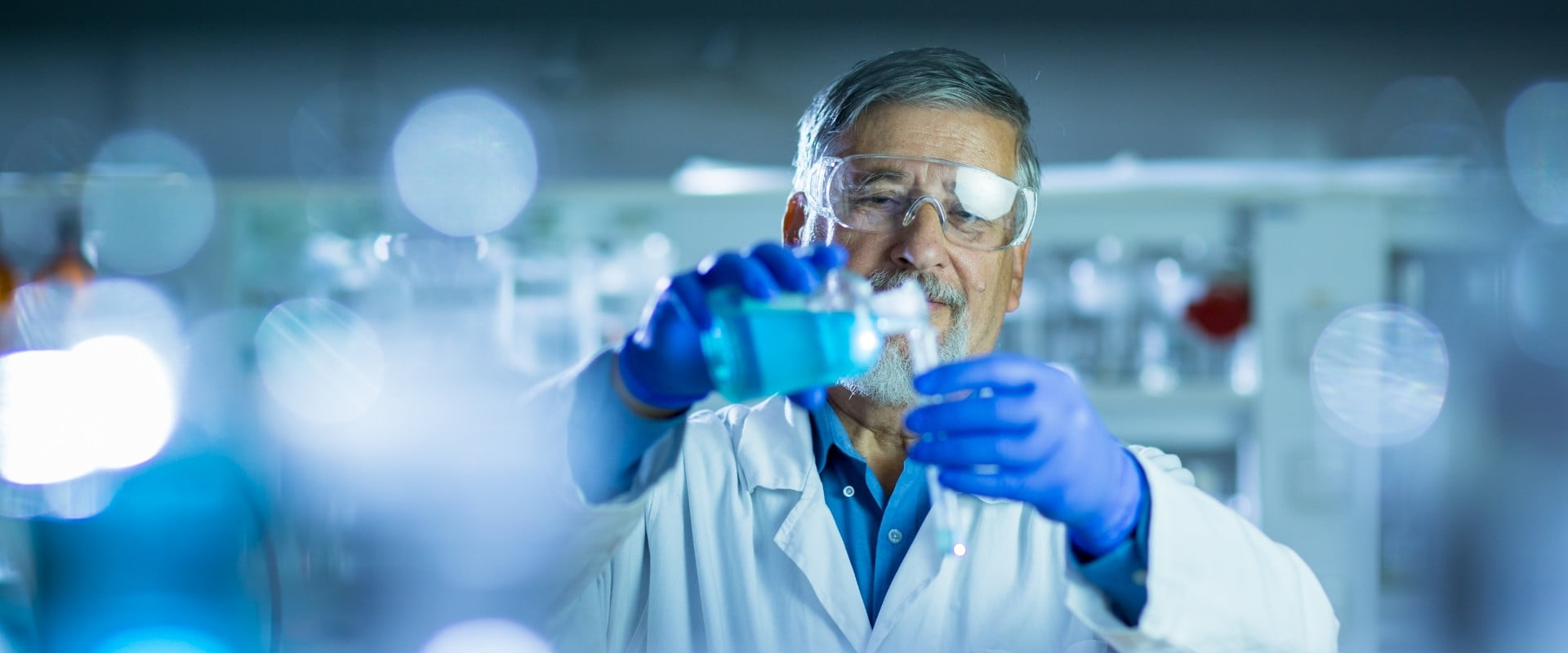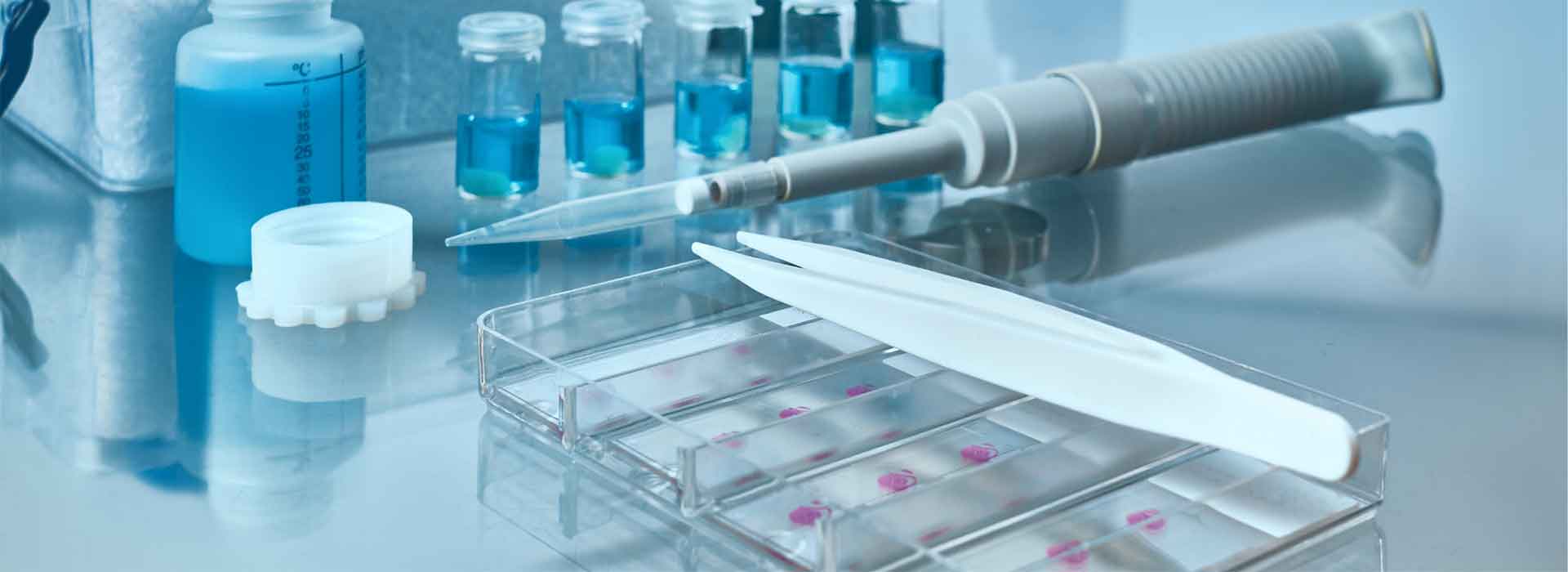How are PEEK medical plastics used in medicine?
The properties of PEEK medical plastics make them an ideal fit for numerous devices in the field. PEEK offers an unmatched combination of strength, flexibility and stiffness, ensuring it is a good choice for many medical applications. The material is extremely resistant to degradation when placed in a biological environment, so it is a natural fit for many implant applications.
PEEK’s use in medicine was first realized in spinal surgery, where it immediately showed itself to be an excellent choice for spinal cages. Here, PEEK’s many beneficial properties are clear. For example, PEEK provides a modulus (stiffness) similar to bone, which means it will bear weight like bone and mimic bone when the patient moves. This is of great benefit for two reasons. For one, it protects neighboring bone from density loss caused by stress shielding, as the implant will not bear more weight than it should. The second reason is since PEEK behaves like bone in the body, it allows surgeons to better predict how the implant will behave in the body long-term. In more than one study, PEEK has demonstrated strong resistance against subsidence (or sinking), so it will remain resilient even if it is subjected to continuous compressive forces.
Patients who undergo spinal surgery, given its delicate nature, must be monitored long after the procedure to ensure proper healing and bone growth. With a titanium implant, this can be a challenge, as the metal implant will produce artifacts with standard imaging technology. PEEK, though, is naturally radiolucent (or transparent) and will not create these same imaging artifacts on X-ray, CT or MRI scans. With spinal surgery, precise monitoring is key, and image clarity facilitates this.
PEEK has become a mainstay in several other areas of medicine. Some of those include:
- Orthopedic – Orthopedic procedures are on the rise, and this trend doesn’t show a sign of slowing anytime soon. Fortunately, PEEK is an ideal material for use in orthopedic procedures and can be used in several forms of arthroplasty. Specifically, PEEK is beneficial in knee and hip arthroplasty. In addition to PEEK’s flexibility and bone-like properties, PEEK can be modified with additives like Carbon Fiber. As a result, PEEK implants can be designed for additional strength, stiffness or flexibility where needed.
- Dentistry – Dentistry is another market for PEEK components. PEEK can be a better alternative for people with metal sensitivities, and it is not abrasive, so it will not damage teeth or cause irritation to the soft tissues in the oral cavity. PEEK is ideal for partial dentures, including removable partial dentures. It provides excellent comfort to patients, as PEEK components are much lighter than their metal counterparts, making them easier to handle and manage. This is particularly helpful for older patients that may have arthritis or other medical conditions that reduce their range of motion. And finally, PEEK’s mechanical qualities are perfectly suited for the repetitive motion involved with chewing. As such, PEEK dentures are more comfortable while in use. Unlike some metal components, PEEK does not produce an off-putting taste in the mouth. As this can be a constant reminder to the patient of the dentures’ presence, it is something that patients often refer to when discussing their satisfaction of PEEK implants. And though aesthetics are rarely important in implant applications, they are of utmost importance in dental applications. Fortunately, PEEK earns high marks here as well. PEEK components can be precisely colored and can replace noticeable metal components.
- Trauma fixation – PEEK is used in trauma fixation, and particularly in bone plates. Bone plates are simple components, but their physical properties will have a major impact on the bone healing process. Bone plates are designed to immobilize bone segments to facilitate healing, so their flexibility and stability must be precisely configured. This can be easier to accomplish with PEEK, compared to metal, and PEEK can be augmented with additives that increase stiffness. Carbon Fiber, for example, will add strength and rigidity to PEEK while retaining the beneficial qualities that make the material so valuable during imaging. For this reason, carbon-filled PEEK is a standard option in trauma fixation.
- Prosthetics – Prostheses are being improved upon all the time, and the future of prosthetics is particularly bright, with externally powered prostheses offering limb functionality similar to a natural limb. PEEK is a significant material for use in modern prostheses. PEEK is valuable in prostheses largely due to its versatility. If a component must remain flexible during movement, PEEK can provide that needed flexibility. If the component must retain a high degree of rigidity, PEEK can be modified to provide just that. As prosthetic components may need to prioritize one or the other, PEEK’s versatility is highly-valued. PEEK can also be machined and fabricated to extremely tight tolerances, so every component behaves the same. When dealing with anatomy and movement, there is little room for error in how prosthetic components behave. PEEK’s production tolerances minimize the likelihood of issues with proper movement.
Medical professionals are only scratching the surface with PEEK, even though it has already made a considerable impact in multiple fields of medicine. With its superior physical properties, economical production methods and biocompatibility, its ongoing impact will continue with time and further research.



